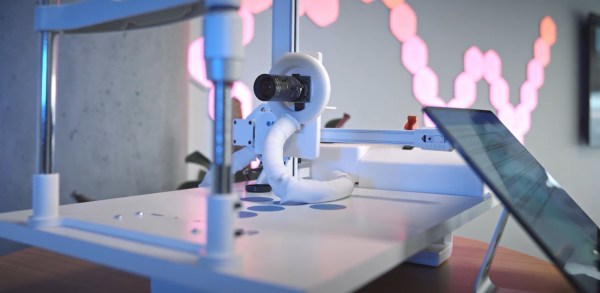Before knowing how they differ, let’s find out exactly what these two technologies refer to.
Cloud computing: what it is
Cloud computing can be summarised as the technology that allows remote access to different software via the Internet, an alternative system to traditional storage or execution on local servers.
It allows companies, thanks to connectivity, to have access to computing resources in a simple, flexible and secure way, accessing the services required from a provider company.
Cloud computing is a fundamental technology for the digital transformation of any company, regardless of its size, as it avoids having to make large investments in infrastructure, specialised personnel or even software licences.
Likewise, it allows gaining flexibility (by having resources available at any time), accessibility (from any place or different types of devices) and collaborative capacity among employees by being able to consult documents at the same time.
What is edge computing?
Edge computing is the technology that brings data storage and computing closer to the location of the device, improving response times, reducing latency and saving bandwidth.
It is a technology that lowers costs by reducing the distance data has to travel, and runs fewer processes in the cloud by moving them to local environments such as IoT devices or personal computers.
Differences between Cloud and Edge computing
Now that we are clear on the concepts of edge and cloud computing, let’s look at the differences between two technologies that could be considered flip sides of the same coin in helping organisations improve their ability to process data and reach customers faster.
Speed and agility
Edge computing solutions bring, as mentioned above, their analytics and computing capabilities closer to the data source, increasing responsiveness and boosting application performance at the edge. Thanks to this possibility, the speed of human perception can be imitated, which is especially relevant in technologies such as autonomous cars or Augmented Reality.
While cloud computing is unlikely to match the Edge in speed, cloud services are notable for their agility in being on-demand so that even large volumes of resources are just a few clicks away. In addition, by allowing access to different technologies, it encourages agile innovation and the rapid creation of new applications.
Where storage is produced
While in edge computing storage occurs close to the user, in cloud computing it occurs on physically remote third-party platforms.
Scalability
Scalability in edge computing must take into account the heterogeneity of devices as they have different performance levels and energy considerations.
In cloud computing, scalability is an advantage as it allows organisations to expand data storage, network or processing capabilities quickly and easily without disruption or downtime.
Productivity and performance
Because of the physical proximity we have been talking about throughout this article, edge computing places computing resources in close proximity to end users, increasing speed and efficiency, resulting in higher productivity and generating better performance.
Cloud computing guarantees exactly the right amount of resources, so cloud platforms also ensure productivity and performance.
Security
Cloud providers apply advanced technologies, controls and policies that enhance cybersecurity to a greater degree because of their centralised implementation. Similarly, data is easier to protect due to the widespread adoption of end-to-end encryption protocols.
On the other hand, the fact that edge computing devices can transmit data directly between nodes without communicating with the cloud requires independent encryption mechanisms, which could be a drawback compared to cloud computing.
But by restricting the transmission of potentially sensitive data to the cloud, edge computing improves privacy by making it less likely that data can be intercepted.
Reliability
Cloud computing technology is generally more reliable than edge computing because of its centralised nature. In addition, having backups of data makes recovery in the event of a failure easier and less costly.
Although, as mentioned above, edge computing is less reliable than the cloud platform because of its decentralised nature, systems can be deployed in case of failures so that failover can also occur quickly, ensuring disaster recovery and business continuity.
Security
Cloud providers apply advanced technologies, controls and policies that enhance cybersecurity to a greater degree because of their centralised implementation. Similarly, data is easier to protect due to the widespread adoption of end-to-end encryption protocols.
On the other hand, the fact that edge computing devices can transmit data directly between nodes without communicating with the cloud requires independent encryption mechanisms, which could be a drawback compared to cloud computing.
But by restricting the transmission of potentially sensitive data to the cloud, edge computing improves privacy by making it less likely that data can be intercepted.
Conclusion
Edge computing and cloud computing are two technologies that working together add value to many industries as they can complement each other in helping to complete resource-intensive tasks such as Artificial Intelligence or Machine learning operations.









